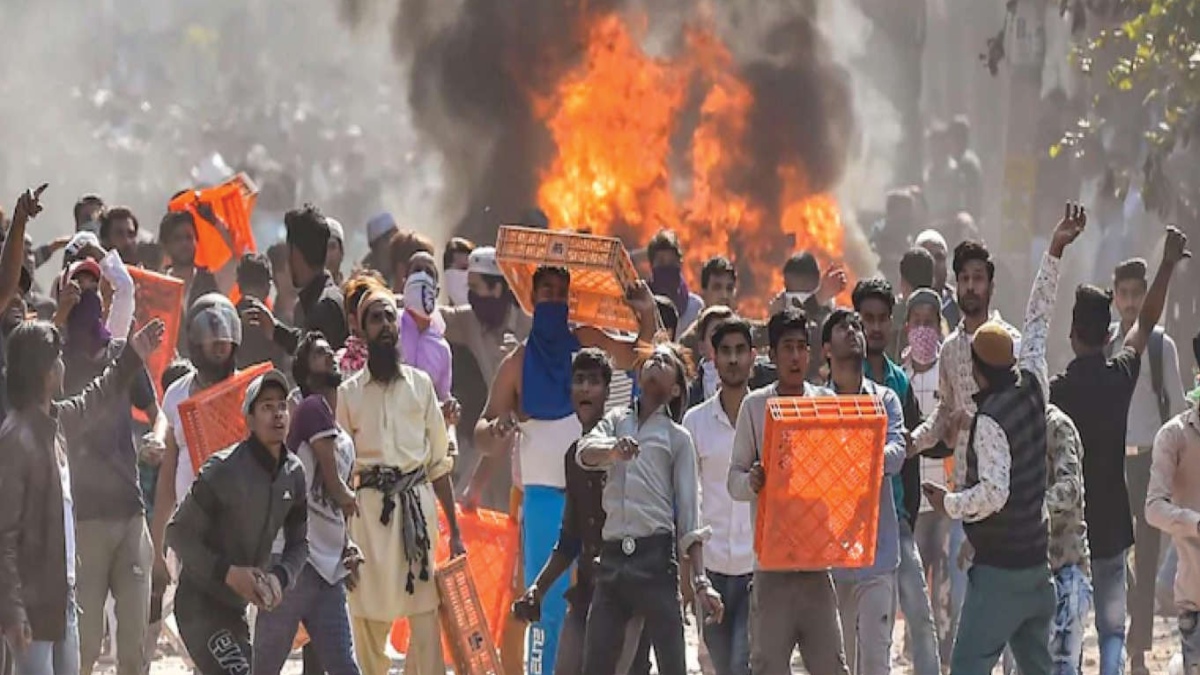


Sadhguru Jaggi Vasudev, in Tamil Nadu, is spearheading a movement to free Hindu temples from ‘progressive’ government control. More than 40,000 Hindu temples are being systematically desecrated and looted. Thousands of icons of Hindu Gods and Goddesses have been replaced with fake statues. In India, the followers of other religions are free to manage their places of worship without government interference. Obviously, Hindus are believed to be incapable of managing their own temples where their deities reside! Thanks to Nehruvian secularism, not only in Tamil Nadu, in almost every state in the country, cultural facets of once thriving but now mostly stagnant Hindu society are being undermined.
Amid all this comes Sanjay Dixit’s new book, Unbreaking India: Decisions on Article 370 and the CAA, which seamlessly—and decisively—takes the path laid down by the likes of Ram Swarup, Sita Ram Goel, Koenraad Elst, Rajiv Malhotra and Dr B.B. Kumar, to help unshackle the closed colonised mind further stymied by inherent and imposed dhimmitude. And in the very Forward of the book, Rajiv Malhotra sets the tone when he calls the agitation against the Citizenship Amendment Act (CAA) “the gangster method of politics”.
According to Sanjay Dixit, the 1989-90 Kashmiri Hindu exodus was actually the seventh one. The author, without ever taking recourse to political correctness, exposes the six earlier ethnic cleansings of Hindus in “the paradise on earth”.
The well-researched book exposes the myth of “peaceful Sufis”. Ali Musliyar, Qadri Silsila Sufi, for instance, preached jihad that led to “the brutal murder of inoffensive Hindus, men, women and children in cold blood, without the slightest reason except that they are kafirs…. the desecration and burning of Hindu temples, the outrage on Hindu women and their forcible conversion and marriage by Moplahs” in Kerala.
Dixit mentions Maulana Hasrat Mohani in a Muslim League meeting asserting that “Moplahs massacred Hindus because they were frightened”. The ‘Breaking India’ forces were active in the pre-1857 period as well. In Bengal, jihad against the British led by Shariatullah, Tutu Mian and Dodhu Mian eventually ended up in “mass brutalities against the unsuspecting Hindus”. “Frightened” Muslims indulged in loot, murder, arson, riot and wanton destruction of Hindu properties during anti-CAA agitation in Delhi. Obviously, Muslim politicians and intellectuals have weaponised “fear”.
Unbreaking India also brings out deceit and hypocrisy of Muslim intellectuals of the Aligarh School. Mohammad Habib, an associate of Motilal Nehru, set out, under the garb of “scientific” and “progressive” historiography, to “whitewash the bad image of Islam” due to historical atrocities against the sons of the soil, the Hindus of India. “As Motilal Nehru merged his Swaraj Party with the Congress, the Aligarh School successfully infiltrated the Congress organisation as well,” writes Dixit in this must-read book.
Given this background, we must not be surprised that the Congress under Jawaharlal Nehru moved ahead with greater fervour on the path of Muslim appeasement.
Sanjay Dixit’s book is a must read for those wanting to know what’s wrong with the Indian version of secularism and how it has harmed the country immensely. It is a straight-forward book bereft of the malaise of being politically correct, compulsively.